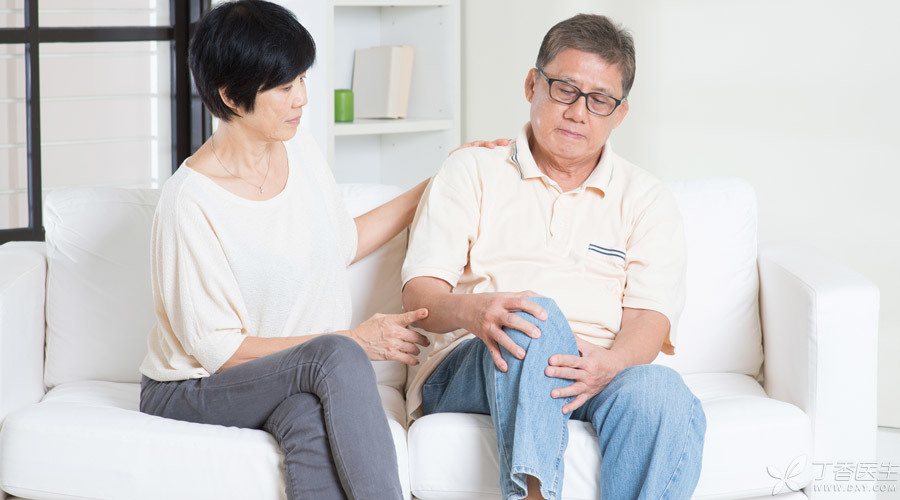
[Knee pain] is a common problem in the middle-aged and elderly, most of which are caused by osteoarthritis.
According to statistics, 60 ~ 70% of men over 60 years old suffer from osteoarthritis. However, the proportion of women is higher.
For middle-aged and elderly friends, it is urgent to use and protect the knee joint rationally.
Save your knees

The knee joint itself is a weight-bearing joint with a layer of cartilage on its surface, just like putting a [safety helmet] on the bone of the knee joint.
Age, obesity, joint strain and trauma can all lead to cartilage wear. After hose wear, the joint surface is uneven and friction increases, which will further aggravate joint injury and cause osteoarthritis and joint pain.
Different sports have different burdens on the knees.
Knees support our bodies and are under pressure all the time, but the burden is different under different sports conditions:
When lying down, the knee weight is almost zero. When standing up and walking, the weight is 1 to 2 times of the weight. When going up and down the slope or up and down the stairs, it is 3 to 4 times the weight. When running, it is 4 times. When squatting and kneeling, it is 8 times the weight.
If the weight is 80kg, then every step up the ladder, the knee will bear 320kg of pressure! When squatting, the knee has to bear 640 kilograms of pressure!
Three Principles of Rational Use of Knee Joint
Everyone will get old, and so will the joints. To a certain extent, they will degenerate due to wear and tear. What we can do is to master the correct use method, slow down knee wear and increase its service life.
1. Maintain a standard weight and don’t be too fat.
The more overweight people are, the greater the knee burden will be. The key to maintaining a standard weight is not to eat too much and to exercise enough.
For obese middle-aged and elderly friends: It is recommended to choose slow walking, swimming, cycling and other forms of exercise. These exercises not only reduce the weight on knees, but also help to lose weight. Exercises such as climbing stairs and mountains should be avoided.
In addition, for friends who already feel uncomfortable with their knees, they should carry less back and lift heavy objects to reduce the burden on their knees.
2. Exercise the muscles around the knee joint
After thigh muscles become strong, they can indirectly reduce the pressure between kneecap and femur, reduce wear and delay knee aging!
Moreover, moderate exercise can increase synovial fluid of knee joint, keep joint cavity moist and reduce cartilage wear.
Recommended Exercise: Sitting and Kicking

Step 1: Choose a firm chair with a backrest and hold the edge of the chair with both hands.
Step 2: Kick and stretch your thighs together and forward. Pay attention to slow down and hold for a few seconds when reaching the highest point.
Step 3: Return both legs and feet to their original positions and repeat many times.
Suggested number of times: take 8 ~ 12 times as a group, and do 1 ~ 2 groups at a time. After getting familiar with it, the number of groups can be increased.
In addition to the exercise form of “sitting and kicking”, it is also possible to [lunge and arrow squat down] [squat down against the wall], but the difficulty will be higher and more attention should be paid to skills.
3. Skill in other sports
Slow walking, swimming, cycling and other sports are very friendly to the knees, but many friends often do sports such as square dancing and tai chi.
When doing these exercises, the following problems are often needed, otherwise it may cause injury to knees and accelerate aging:
- Avoid hard cement ground, choose plastic sports ground, reduce the impact of sports on knees, choose soft soles or sports shoes with air cushions, reduce the impact of sports and avoid squats, big jumps, fast translation and other actions
